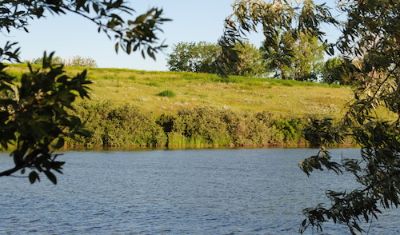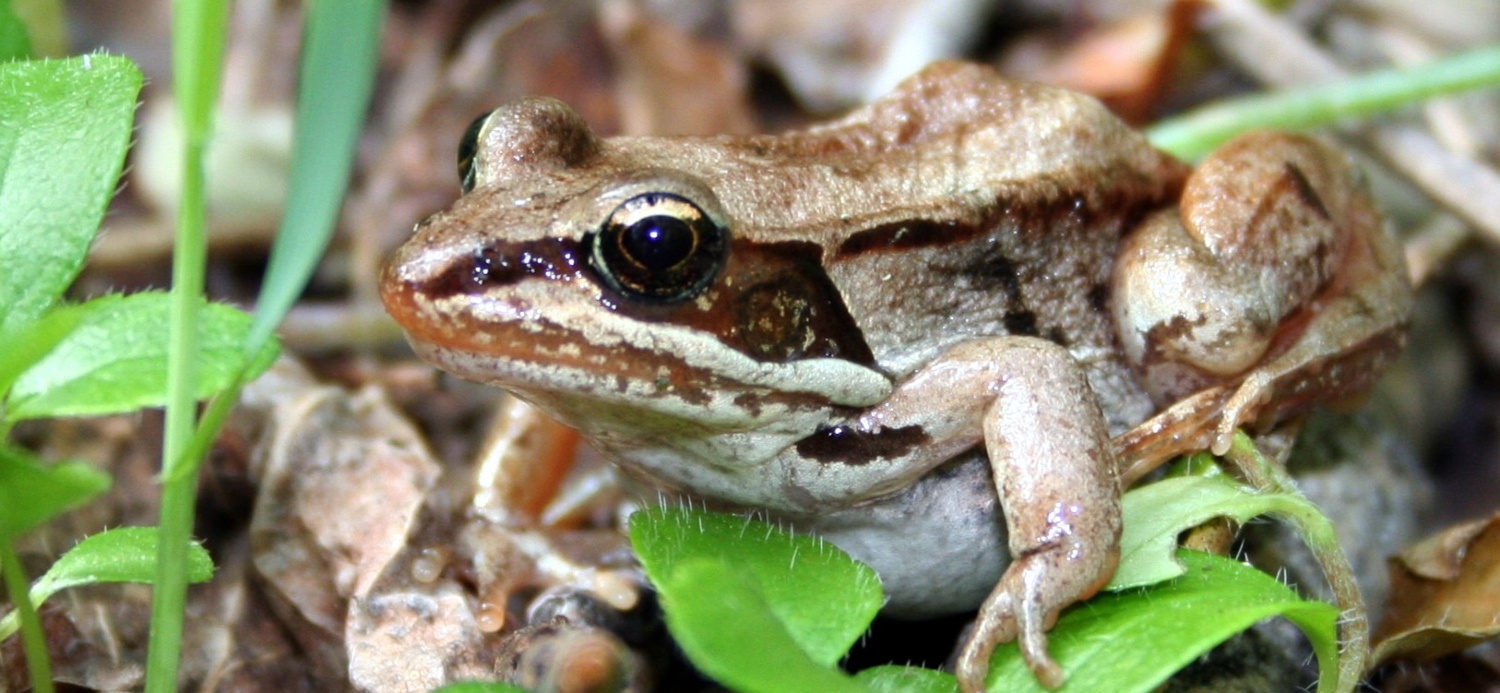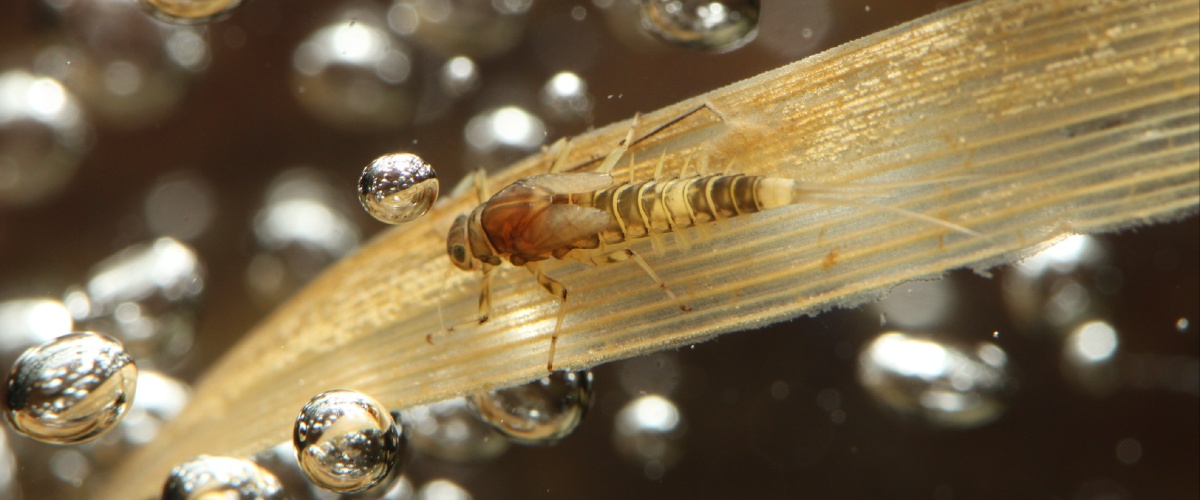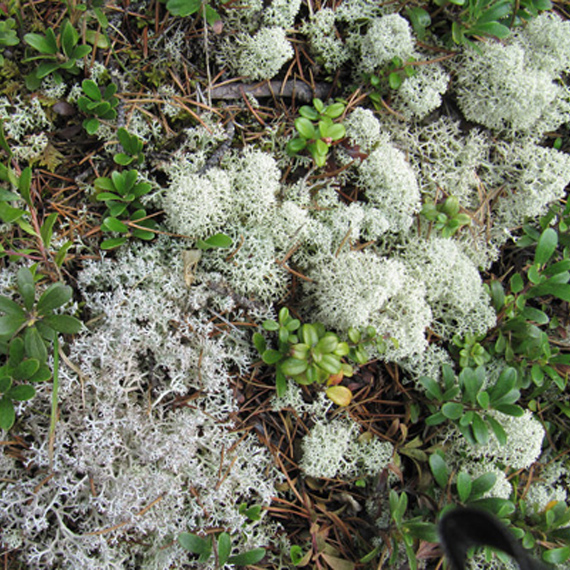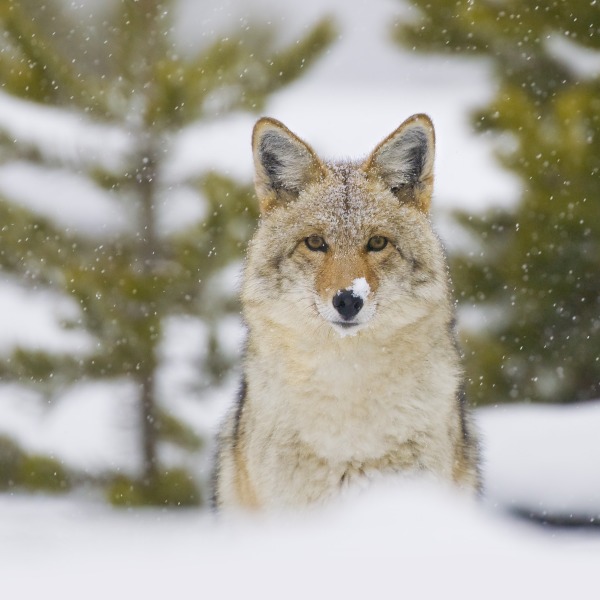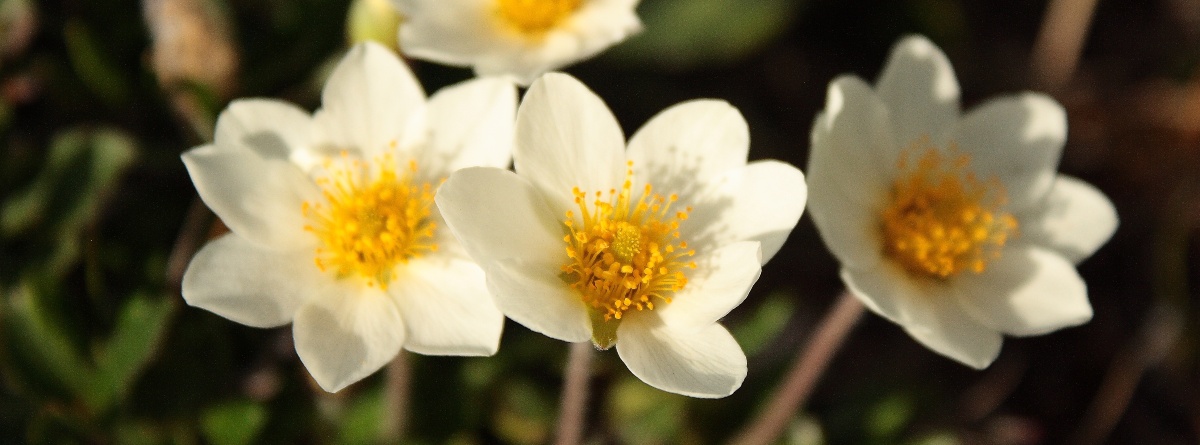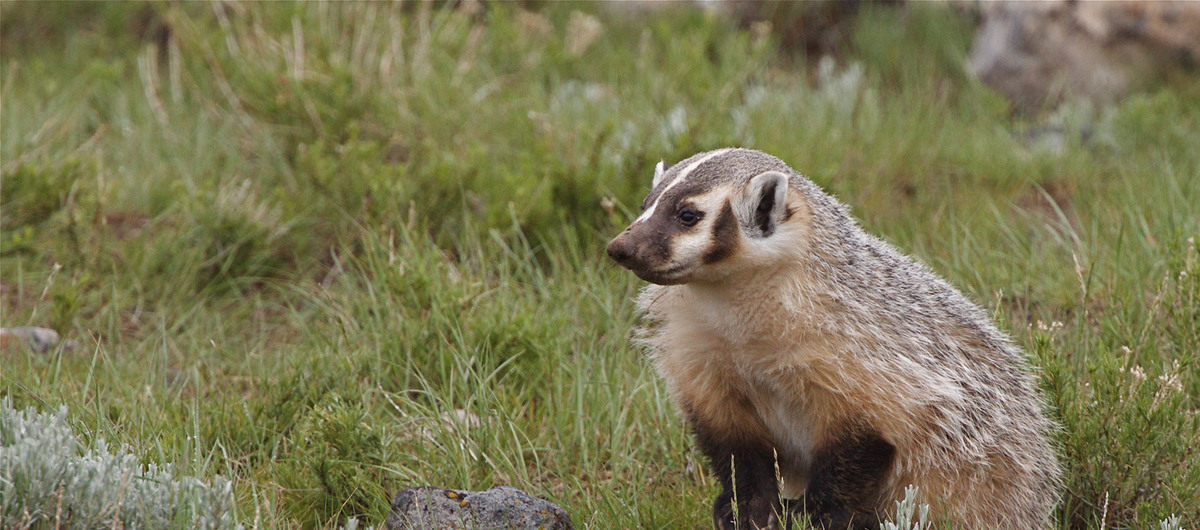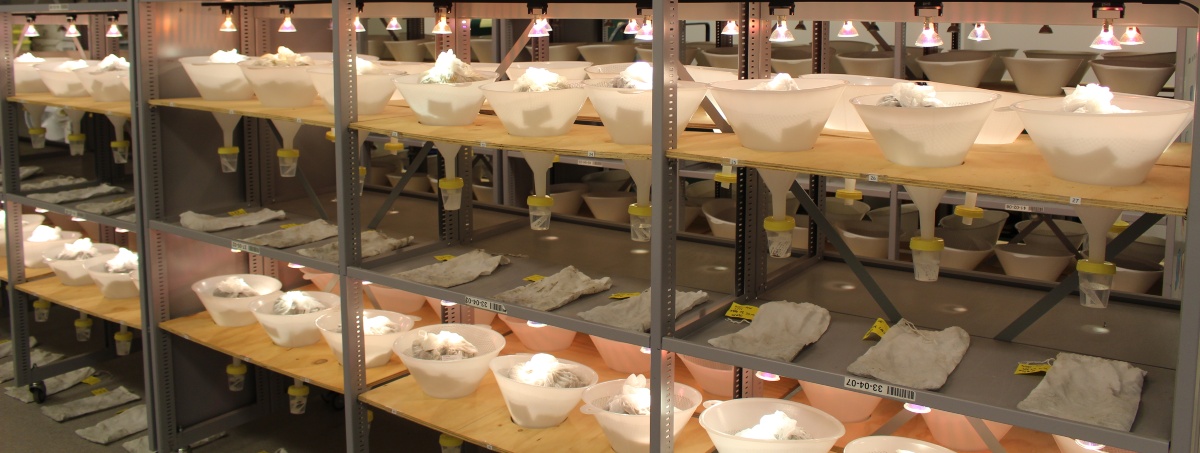
Soil Mites
Our terrestrial invertebrate scientists have several key objectives and activities in monitoring and tracking oribatid mites:
- Receiving incoming soil samples from all across Alberta and extracting soil invertebrates from these samples using modified Tullgren funnels.
- Identifying >300 µm oribatid mites to species level.
- Maintaining a taxonomic database of identified specimens.
- Proper curation and storage of specimens to preserve them in perpetuity, including continued maintenance of alcohol-preserved specimens.
- Developing and maintaining taxonomic guides and standard operating procedures.
- Extension and training of staff, students, volunteers, and other professionals in oribatid mite taxonomy.
- Support ABMI on reporting and other endeavours related to oribatid mites and soil health.
- Research on the taxonomy, systematics, and ecology of oribatid mites to continue to advance our knowledge of these fascinating creatures.
Oribatid mites are small 8-legged organisms related to spiders and ticks. Also referred to as beetle mites, moss mites or armoured mites, they typically live in the soil and are an important part of the soil food web.

Epidamaeus sp.
Oribatid mites are small eight-legged organisms related to spiders and ticks and are also referred to as beetle mites, moss mites, or armoured mites. Several hundred thousand oribatid mites can be found in a cubic metre of healthy soil. They play an important part of the soil food web as they mostly feed on fungi, bacteria, and decomposing plant matter, thereby having an integral role in decomposition, nutrient cycling, and the formation and maintenance of soil structure.
While oribatid mites mostly live in the organic layers of soils, they can also be found above ground in trees and other vegetation, in arid regions, and in aquatic/semi-aquatic habitats (including freshwater, brackish water, and marine ecosystems). We find them in all habitats across Alberta, including within disturbed soils, meaning that they act as an excellent bioindicator to study ecosystem health across the province.

Oribatid soil mites.
- We have produced the Almanac of Alberta Mites series to compile data and information on the mites of Alberta, including Part I on all adult oribatid mites >300 µm and Part II on all other mites in Alberta. We refer to Part I for identifying species when examining them using a compound microscope. We also have a coarse sorting guide that allows much of the identification work to be completed using a stereomicroscope. And, of course, we refer to the published literature when we come across new species or morphotypes. Day-to-day we use morphological concepts, and we have also used DNA barcoding to help clarify morphological concepts for some closely related species.
- Resolution: We identify all adult oribatid mites >300 µm in ventral length to species level. All other organisms extracted from the soil are preserved in high-grade ethanol to maintain them for additional study.
When the ABMI began sampling oribatid mites, 132 species were known to occur in Alberta.
- As of 2021, 384 species have been detected in the province,
- 223 new records to Alberta,
- 33 new to Canada,
- 9 new to North America.
- In addition, 15 new species have been described, but upwards of 70 species may be new to science.
Workflow - Life of a Collection
- Receive soil samples in coolers.
- Prepare soil and place on modified Tullgren funnels.
- Remove in one week.
- Sieve the extracted invertebrates using stacked 53 µm and 300 µm sieves.
- Rinse the 53 µm component into a scintillation vial for preservation.
- Examine the 300 µm component and sort out all adult oribatid mites > 300 µm.
- Sort these into morphospecies, identify to lowest possible level (superfamily, family, genus, or species), count number of specimens per morphospecies and enter data in online portal.
- If the morphotype is identified above species level, slide mount one to two specimens and place in oven for one week.
- Identify these specimens using a compound microscope and enter data in online portal.
- Do quality control on specimens maintained in ethanol to confirm identifications.
- Upon completion of IDs, rearrange residuals and oribatid mite alcohol-preserved samples to site order, voucher vials and slides, and store in alcohol and slide collections.
We have a trained expert on staff who completes the advanced identifications of slide mounted material. The expert also completes quality control of specimens identified using a stereoscope and maintained in ethanol collections.
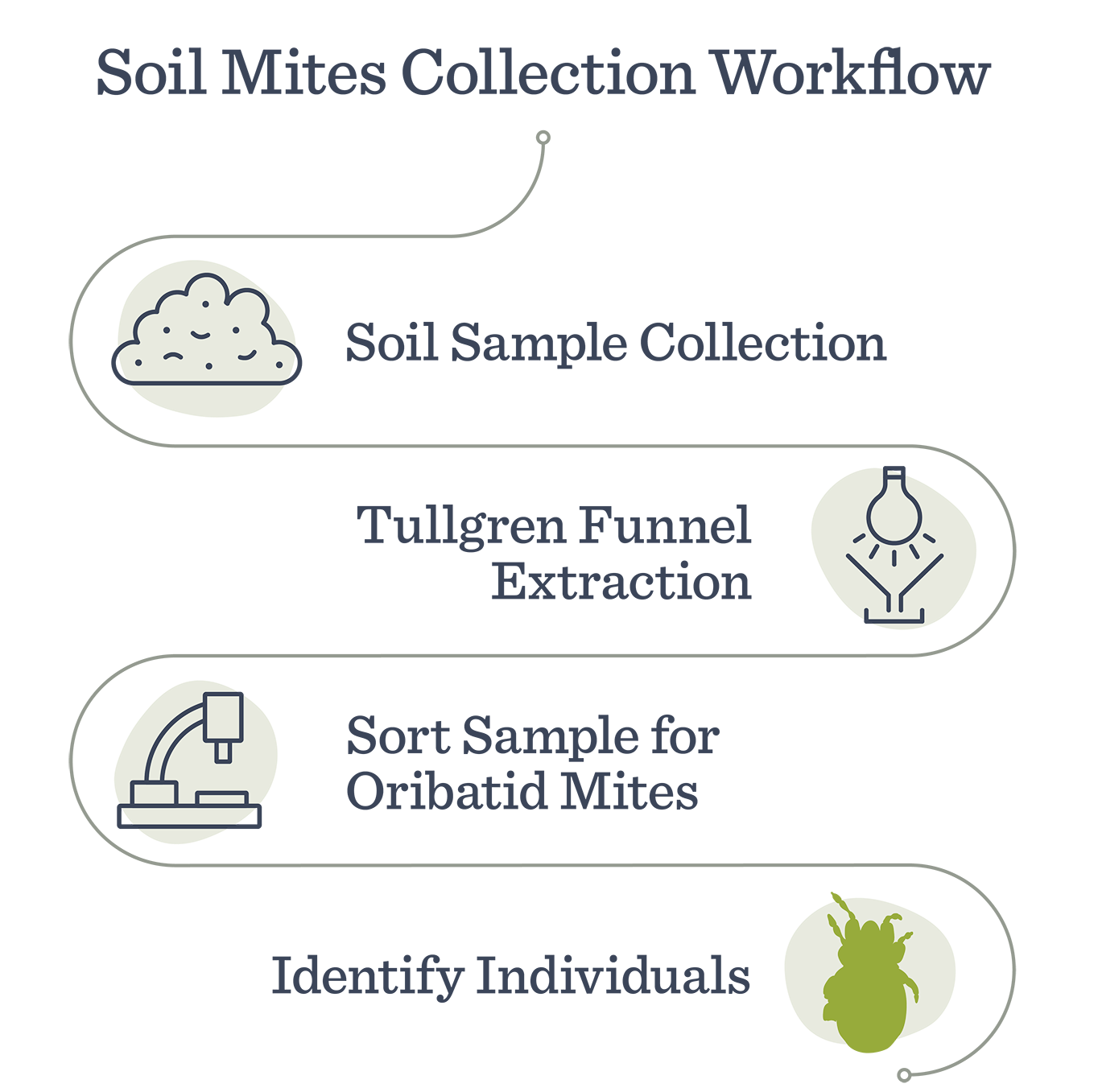
Tricky IDs
- All specimens are first keyed out using Almanac Part I and compared to our reference material. If the specimen doesn’t match the descriptions of our currently known species and morphospecies, then the expert works through the North American keys to confirm the family and genus, in case it’s a new provincial record for family or genus that hasn’t yet been included in our keys for Alberta.
- Then they search the published literature (worldwide) to study and assess the specimen against family, genus, and species descriptions. In some cases the specimen has been described and can be associated with a scientific name and description.
- In other cases, the literature is clear enough that it’s possible to confirm that the species is undescribed and new to science.
- Sometimes the literature for the taxon contains inadequate descriptions and illustrations, in which case the expert focuses on confirming that the specimen is different enough from other species already recorded in Alberta. If so, it is separated out as a new morphospecies and provided an unused morphospecies name that associates it with its genus. The morphospecies is added to Almanac Part I, including its addition to keys, a morphological description, and associated collection data, so that we can maintain taxonomic naming conventions throughout our collections and in the ABMI dataset.
- In cases where the specimen is similar to another species that we have collected, the expert also goes through all previously identified material for that species, in case there are any specimens hidden within that material that identify with the newly discovered species.
- Initially, we also consulted other outside experts to confirm our IDs, but this has become increasingly difficult to impossible with the shortage of taxonomic experts in North America and globally.
- Overall, we use multiple sources to obtain and verify identifications, consult with the published literature, consult with our specimen reference collections, and consult with other experts in the field where possible, to maintain robustness in taxonomy.
Learning how to measure and value ecosystem services provides insights on how to manage Alberta’s land base and help us decide how to best steward the land now and in the future.
Learn more about mites and why they are important to monitor. Find out more about individual mite species in Alberta on ABMI's Biodiversity Browser.
The 'Almanac of Alberta Acari' series are compendiums of information on the known mites in Alberta, including collection records, keys, illustrations, and ecological information.
